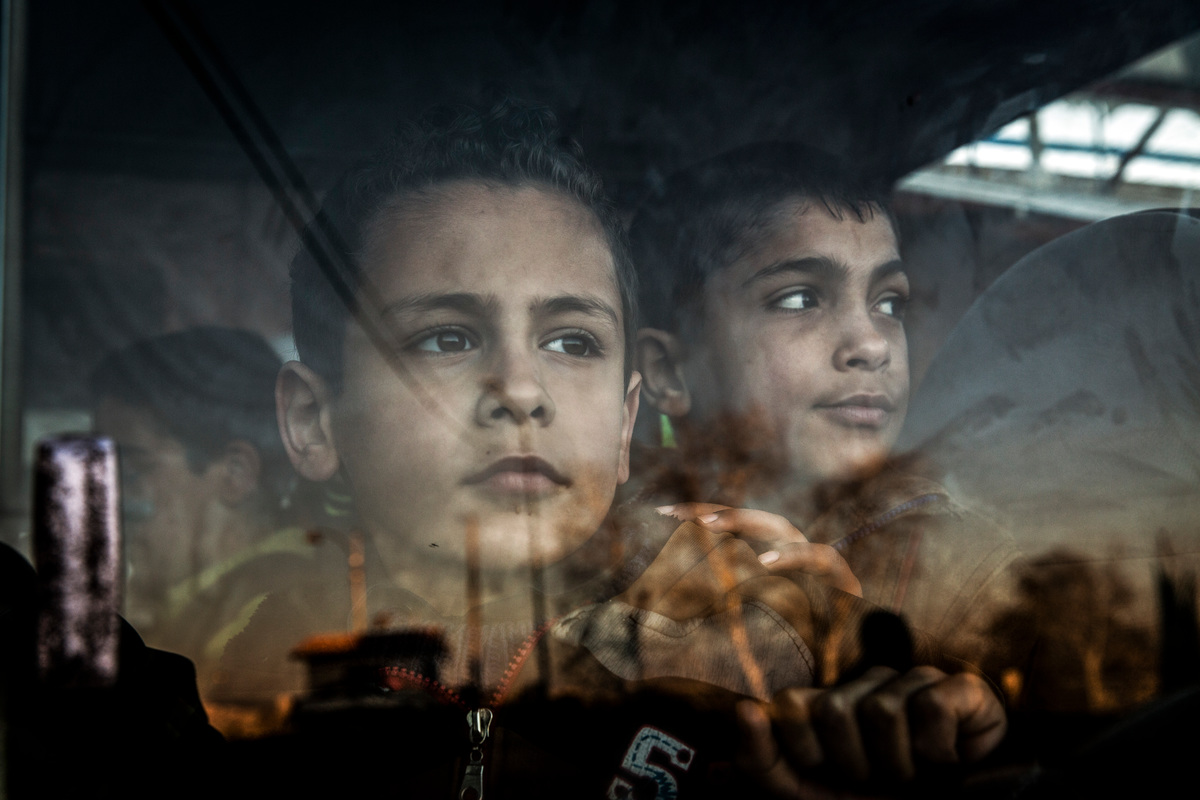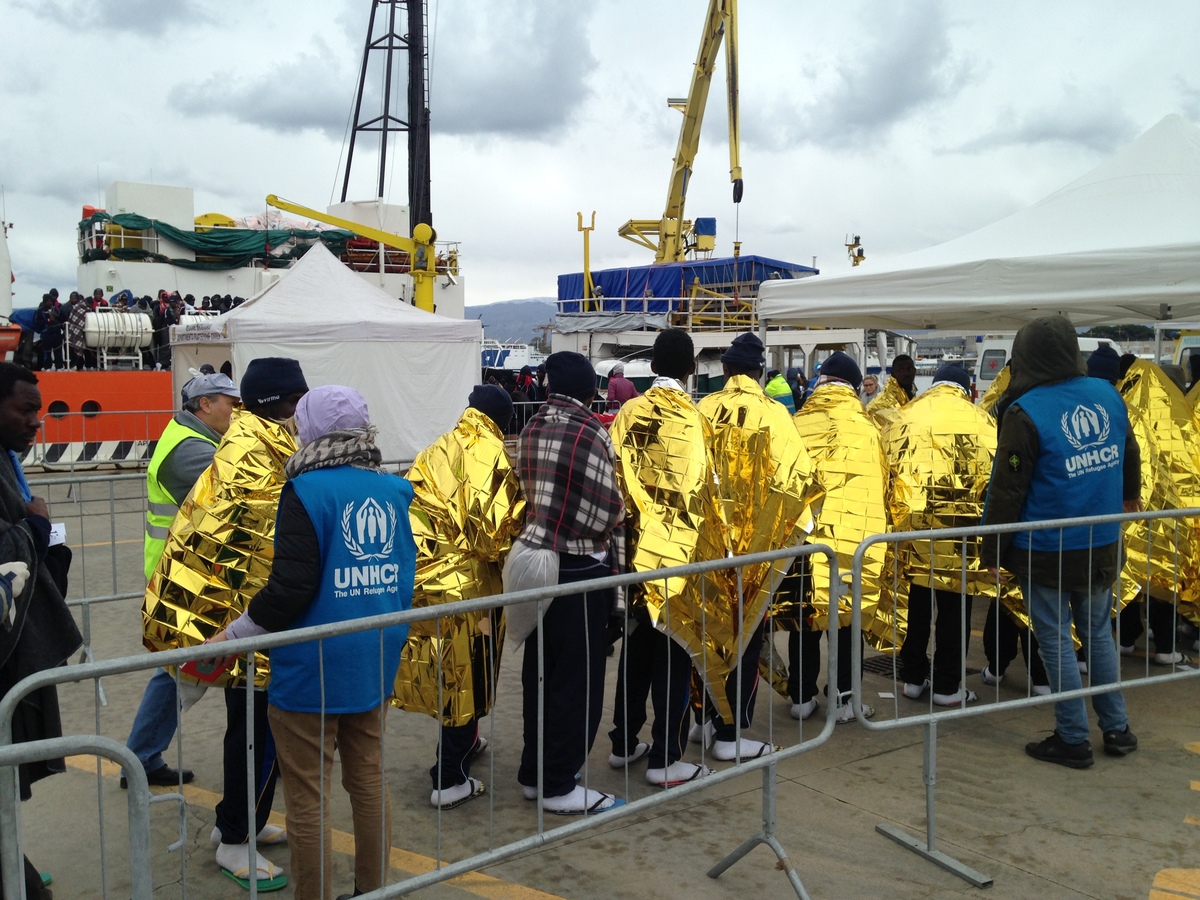Iraqis top list of asylum seekers in industrialised countries
Iraqis top list of asylum seekers in industrialised countries

GENEVA, March 14 (UNHCR) - Iraqis were the largest group of asylum seekers in industrialised countries in 2002, topping the list after a dramatic drop in Afghan asylum applicants last year, according to a compilation of statistics released today by the UN refugee agency.
The new statistics, which are provisional, show that Iraqis replaced Afghans as the largest national group seeking asylum in 37 industrialised countries in 2002, when 51,000 Iraqis applied for asylum, up fractionally from 2001 (50,400).
Afghan applications, on the other hand, dropped by 51 percent to 25,700 in 2002, compared to 52,800 in 2001, making them the fifth-largest national group seeking asylum in industrialised countries last year.
Overall, the new statistics show that asylum applications in the industrialised countries fell by 5.4 percent in 2002 compared to 2001. The number of applications dropped across the board in the European Union (down by 2 percent), Central Europe (down by 26 percent), North America (down by 11 percent), Australia and New Zealand (down by 50 percent).
UNHCR stressed, however, that the great majority of the world's 13 million refugees and asylum seekers were still hosted in developing countries.
Besides Afghans, the other big decreases in 2002 involved asylum seekers from Sierra Leone (down 43 percent to 6,100), Viet Nam (down 32 percent to 4,300), Ukraine (down 31 percent to 7,300) and Sri Lanka (down 30 percent to 10,200).
"These figures would seem to illustrate clearly that major changes in regions of origin are the single best way to reduce the number of asylum seekers spreading across the world," said UNHCR spokesman Rupert Colville, referring to positive developments in places like Afghanistan, Sierra Leone and Sri Lanka.
"Much better conditions in refugee camps in the regions of origin might also help considerably to reduce the pressures of onward movement," he added.
After Iraq, the Federal Republic of Yugoslavia (now Serbia and Montenegro) was the second largest country of origin with 33,100, followed by Turkey (29,600), China (26,300) and Afghanistan (25,700).
In terms of percentage changes, Zimbabweans showed the biggest increase in 2002, up by 83 percent on 2001 with a total of 8,600 applications. They were followed by asylum seekers from Cameroon (up 51 percent to 5,000), Slovakia (up 47 percent to 4,100), Nigeria (up 35 percent to 13,600) and Georgia (up 32 percent to 8,300).
Among the industrialised countries, the United Kingdom in 2002 received the most number of asylum applications (111,000), followed by the United States (81,000), Germany (71,000), France (51,000) and Austria (37,000). However, relative to the size of its population, Austria received the largest ratio of asylum seekers, followed by Norway, Sweden, Switzerland and Ireland.
"When you look at the numbers going to different countries, it is important to remember their different capacities," stressed Colville. "Luxembourg, with a total of 1,043 asylum seekers in 2002, looks rather insignificant at first sight - but on a per capita basis it actually has a higher ratio of asylum seekers arriving than the UK."









